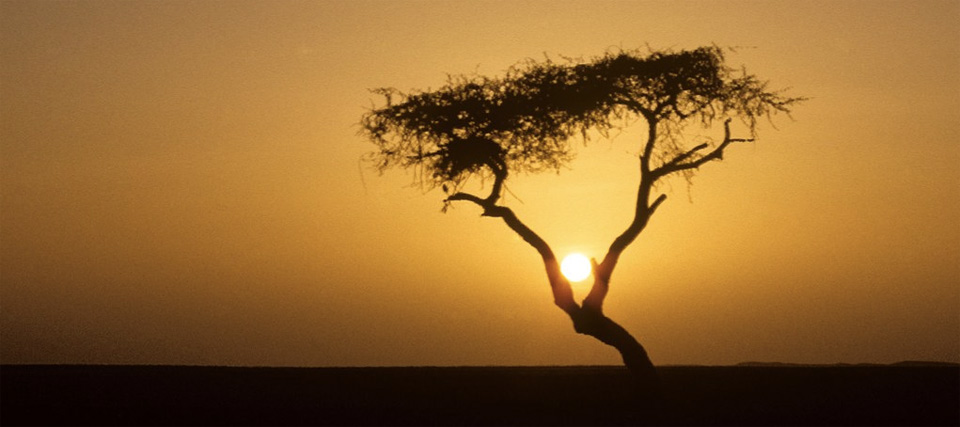Resilience in a Multispecies World – Conference website
In 1973, forest ecologist C.S. Holling introduced the concept of resilience to describe the ability of an ecological system to withstand, absorb or fortify against disturbances in a way that still maintains its basic structures. In recent years the concept of resilience has been extrapolated to a wide array of fields, from education, health science, and psychology to global finance, economic policy, and national security. In these contexts, resilience is often mobilized as a moral category that either affirms or denies the vital worth of things in and of themselves. Focusing on resilience situates critical inquiry within an already troubled state of affairs, a disaster in medias res, but it also “favors the cheery, the chipper, and the ignorant who dwell in bliss. It tells us to just keep shopping through the apocalypse” (Alaimo 2). The concept of resilience is especially salient today as we witness the immense stress that human activity has had on the earth’s systems. It can, on one hand, give us a vocabulary to describe and explore a system’s capacity to survive rapid and unpredictable change, but on the other hand, it also carries a warning that natural systems can reach a point of no return.
Resilience theory has most commonly been applied to the capacity of human populations and ecological systems to survive acute and slow disasters, but other animals also live and die alongside humans. With this in mind, the purpose of the 2017 John Douglas Taylor Conference is to generate a discussion of how the concept of resilience functions within discourses of animal life: How has resilience shaped the way we think about animal life? What might it mean for certain organizations and institutions to label a particular species as resilient? What kinds of forces are animals resilient to and how are these forms of resilience characterized by social institutions? This conference will also call attention to what happens when animals are characterized as lacking resilience, to discourses of extinction events and collapse, and to how we might view such “events” as models for expectations of the future of the anthropocene.
Given that animal resilience has not been substantially taken up within critical animal studies, human-animal studies, literary animal studies, ecocriticism, or the environmental humanities, we welcome submissions that engage with resilience in any number of theoretical, sociological, anthropological, textual, historical, political, activist, ethical, or artistic methods. We also encourage non-traditional forms of presentation including collaborative papers; panels that reduce presentation time to encourage discussion; panels that make use of creative limitations (for example: micro-themed, timed, or word-limit response panels); interdisciplinary approaches; proposals from thinkers outside the humanities, such as submissions from artists, writers, community practitioners, veterinarians, activists, and colleagues in the social and natural sciences. Papers may address topics and questions including, but not limited to, the following:
The Aesthetics of Resilience: Environmental and evolutionary aesthetics; bio-/eco-aesthetics; Representing ideas of resilience, disruption/disturbance, disaster; aestheticizing loss and recovery; anti-anthropocentric (re)presentations.
The Economics of Resilience: Bio-politics of resilience; animal capital; economizing decline and recovery; conservation politics and economies; commerce and species loss; neo-liberal (re)shapings of biota; community networking as strategic resilience; the labour of loss/disaster.
Emblems of Resilience: Animals as models/metaphors/metonymies for resilient humans; human ‘nature’ as exceptional resilience; speciation resilience and social Darwinism; genetics, postgenomics and the future of human resilience.
Intersecting Resilience: Animal resilience as it intersects across race, gender, sexuality, class, (dis)ability; relationships between marginalized humans and animals; postcolonial resilience.
Multispecies Resilience: Sites of intrusion/permeability; liminal animals/humans; co-existence as resilience; the resilience of companion species; empowering the animal; Object Oriented Ontologies, intersectional spaces and bodies.
Pesky Resilience: Microbiopolitics; the exhaustion of infestation; non-charismatic animals; the resilience of invasive species; resilience to extermination as a detriment to humans; urban animal studies; animal intelligence as resilience to humans.
Precarious Resilience: Precarity as a condition of resilience; teleologies of resilience; the condemnation and resignation of species; identification of species “at-risk”.
The Resilient Anthropocene: Extinction and elegy; discourses of ‘failed’ resilience; proleptic/anticipatory mourning; categorical/taxonomic vs physical loss; the resilient after-effects of extractivist mindsets; ecological crises of futurity; the value of speculation.
Resilient Memory: Natural history; taxonomy; resilience in historical periods, histories of ecology and resilience; geological and social histories of ecological entanglement; historicizing animals.
Transnational Modes of Resilience: Ecological citizenship; borderless bioregions; animal/human refuge; the Indigeneity of resilience/resistance; decolonizing ecological relations.





No comments yet.